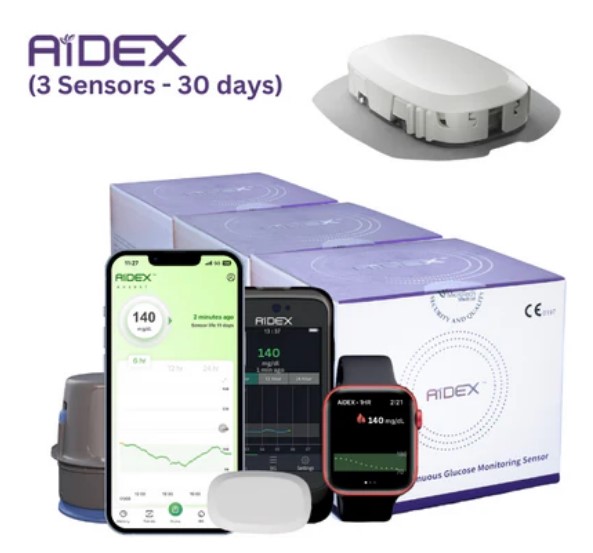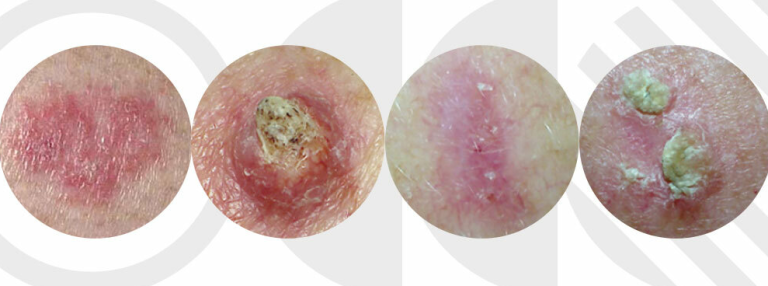What is Nucleic Acid Lateral Flow Assay?
Asenqua Tech is reader-supported. When you buy through links on our site, we may earn an affiliate commission.
In the realm of diagnostic techniques, the nucleic acid lateral flow assay has become a vital player in recent years. Combining the power of molecular biology with the simplicity of lateral flow technology, this method has revolutionized the way we detect and analyze nucleic acids. In this article, we will dive deep into the world of nucleic acid lateral flow assays, exploring their history, workings, applications, and significance while also addressing their limitations and future potential.
Understanding Nucleic Acid
Before delving into the Lateral Flow Assay Kit Assembly, it’s essential to understand what nucleic acid is. Nucleic acids are biological macromolecules that store and transfer genetic information. They come in two primary forms: deoxyribonucleic acid (DNA) and ribonucleic acid (RNA). DNA carries the genetic instructions used in the growth, development, and functioning of all living organisms, while RNA plays a crucial role in protein synthesis.
What is a Lateral Flow Assay?
A lateral flow assay, often referred to as a rapid test or strip test, is a paper-based diagnostic device used to confirm the presence or absence of a target analyte, such as a biomarker or pathogen, in a sample. It is known for its simplicity, speed, and cost-effectiveness, making it ideal for various applications.
History of Nucleic Acid Lateral Flow Assays
The concept of lateral flow assays can be traced back to the 1960s, when the technology was first applied for pregnancy tests. However, the specific combination of lateral flow assays with nucleic acid analysis emerged later. The early 2000s marked the introduction of nucleic acid lateral flow assays, primarily in the field of genetic testing.
How Does Nucleic Acid Lateral Flow Assay Work?
Key Components
A nucleic acid lateral flow assay typically comprises several key components, including a sample pad, conjugate pad, nitrocellulose membrane, and an absorbent pad. The sample pad is where the test sample, containing the target nucleic acid, is applied. The conjugate pad contains conjugated particles that bind to the target nucleic acid. The nitrocellulose membrane acts as the reaction surface, and the absorbent pad draws fluids through the membrane.
The Process
The process begins with the application of the sample onto the sample pad. If the target nucleic acid is present, it binds to the conjugate particles. The mixture then moves along the nitrocellulose membrane by capillary action. If the target nucleic acid is present, it will continue to move and eventually bind to a capture reagent on the membrane, forming a visible line. This line indicates a positive result.
If the target nucleic acid is absent, no line will form, indicating a negative result. The control line, which is present to verify the validity of the test, should always appear.
Applications of Nucleic Acid Lateral Flow Assay
Nucleic acid lateral flow assays find applications in various fields, including:
Medical Diagnostics
These assays are commonly used for the rapid detection of infectious diseases, genetic disorders, and cancer biomarkers.
Food Safety Testing
In the food industry, they are used to detect foodborne pathogens, allergens, and genetically modified organisms.
Environmental Monitoring
Nucleic acid lateral flow assays are employed to monitor environmental contamination, such as the presence of pollutants or hazardous microorganisms in water sources.
Advantages of Nucleic Acid Lateral Flow Assays
- Rapidity: Results are obtained in a matter of minutes.
- Simplicity: Minimal training is required to perform the assay.
- Portability: Tests can be conducted in the field or point-of-care settings.
- Cost-Effectiveness: These assays are relatively inexpensive.
- Sensitivity: They can detect low levels of target nucleic acids.
Limitations of Nucleic Acid Lateral Flow Assays
- Sensitivity Variability: The sensitivity of these assays can vary depending on the specific test.
- Complex Sample Preparation: Some assays require complex sample preparation steps.
- Limited Multiplexing: Not all lateral flow assays can detect multiple targets simultaneously.
Comparison with Other Diagnostic Techniques
Nucleic acid lateral flow assays compete with other diagnostic methods like polymerase chain reaction (PCR) and enzyme-linked immunosorbent assay (ELISA). They offer advantages in terms of speed and simplicity, but their sensitivity may not match that of PCR or ELISA in certain situations.
Importance in the COVID-19 Pandemic
During the COVID-19 pandemic, nucleic acid lateral flow assays gained significant attention for their role in rapid and on-site testing. These tests were instrumental in managing and containing the spread of the virus.
Future Developments in Nucleic Acid Lateral Flow Assays
Researchers are continually improving and expanding the capabilities of nucleic acid lateral flow assays. This includes enhancing sensitivity and multiplexing, as well as exploring new applications in fields like environmental monitoring and veterinary diagnostics.
How to Perform a Nucleic Acid Lateral Flow Assay
Performing a nucleic acid lateral flow assay typically involves a few simple steps. The specific procedure may vary depending on the test kit being used, but it generally includes sample application, reagent addition, and result interpretation.
Challenges in Nucleic Acid Lateral Flow Assay Research
Despite their success, there are ongoing challenges in the field of nucleic acid lateral flow assays. Researchers are actively working to address issues related to sensitivity, specificity, and the development of new tests for emerging diseases.
Companies and Research Institutions Leading in this Field
Several companies and research institutions are at the forefront of nucleic acid lateral flow assay research and development. They are driving innovation and creating new opportunities for this technology.
Nucleic Acid Lateral Flow Assay: A Game Changer
In summary, nucleic acid lateral flow assays have emerged as a game-changing technology in the world of diagnostics. Their simplicity, speed, and versatility have made them invaluable in various industries, from healthcare to food safety and beyond. As research continues to advance, we can expect even more exciting developments in the field of nucleic acid lateral flow assays.
Conclusion
The impact of nucleic acid Lateral Flow Assay Kit Assembly on diagnostics cannot be overstated. Its ability to rapidly and effectively detect target nucleic acids has saved lives and improved the efficiency of various industries. We can only anticipate further breakthroughs and applications for this remarkable technology as we look ahead.
FAQs
1. How does a nucleic acid lateral flow assay differ from PCR?
Nucleic acid lateral flow assays offer rapid results and simplicity, making them suitable for on-site testing, while PCR is a more complex, laboratory-based method known for its high sensitivity.
2. Can nucleic acid lateral flow assays be used for home testing?
Yes, some nucleic acid lateral flow assays are designed for home use, providing a convenient way to monitor health or check for specific conditions.
3. What is the primary advantage of nucleic acid lateral flow assays in food safety?
These assays allow for the rapid detection of foodborne pathogens and allergens, ensuring food safety and minimizing the risk of contamination.
4. Are nucleic acid lateral flow assays sensitive enough to detect rare genetic disorders?
The sensitivity of these assays can vary, and some are suitable for detecting rare genetic disorders, while others may require more specialized testing.
5. What are the ongoing developments in nucleic acid lateral flow assays?
Ongoing research aims to improve sensitivity, multiplexing capabilities, and the expansion of applications, especially in areas like environmental monitoring and veterinary diagnostics.







